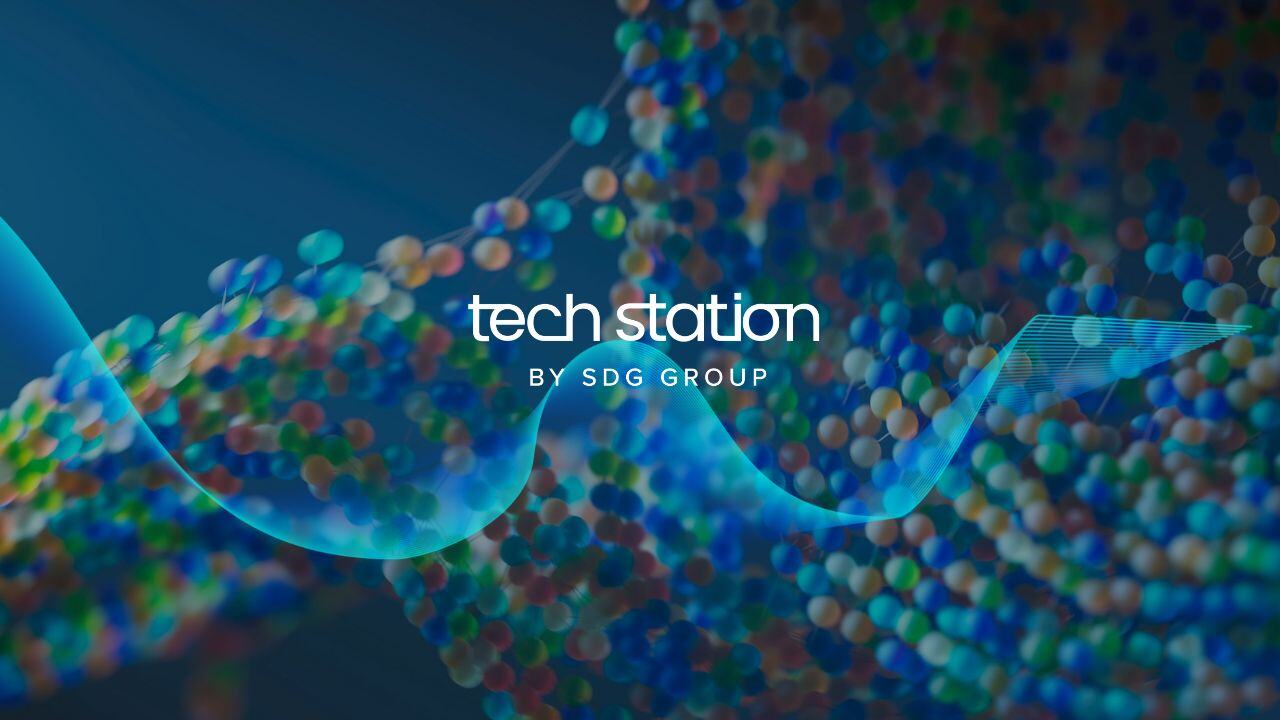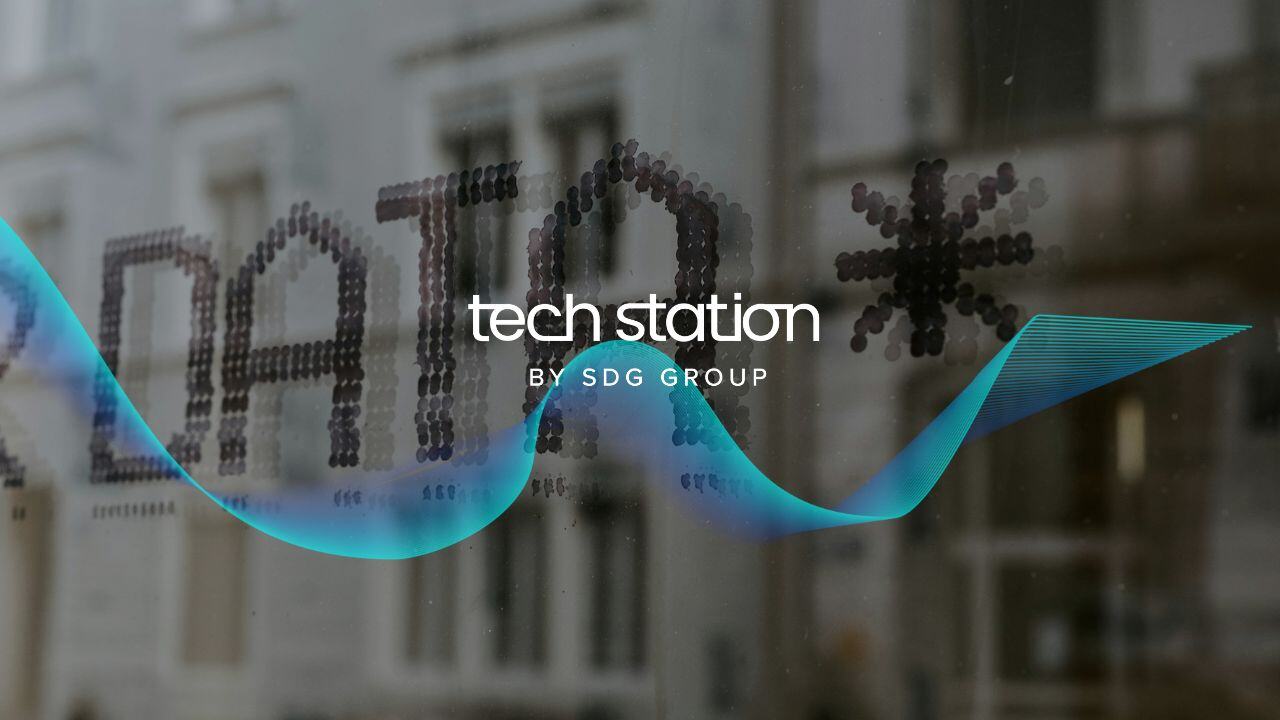Companies investing in analytics have many reasons to do it. Most tangible benefits are easier, but hitting on the target requires deep thinking and strategy approach.
1 Efforts saved, The most tangible benefit of BI is the time and effort saved with manually producing the standard reports for the organization (automating data collection and aggregation, report generation, providing report design tools that make programming of new reports much simpler).
2 Democratize analytics for business users, BI system allows end-users to extract reports when they need them rather than depending on people in the IT or financial department to prepare them. The analytical system will reduce information bottlenecks and make information more accessible.
3 Transform data in actions, What happens when employees in an organization get too much data, too little data, too old data, too detailed data or just irrelevant data? BI systems make information actionable by:
- providing information through unified views of data where KPIs are assembled and
calculated using a central repository of definitions - a data model - to
prevent conflicting definitions and incomparable report data - showing data in a context, e.g. by benchmarking KPI values against comparable values
(e.g. averages, budgets/target and last period) to let the user interpret
whether the KPI value is acceptable or needs corrective action - making data collaborative, e.g. let the user forward and share selected data with
other users and assign targets and responsible persons to KPIs - only showing data relevant to the specific user in a role-based environment to avoid
"Information overload" - using intuitive visualizations that enhance on the nature of the data such as
graphs/charts and gauges
4 Better decisions, Decisions need to be made every day and, as we all know, decisions have varying quality. Good decisions can provide tremendous benefits. Bad decisions provide no benefits - they may even cause you losses.
BI systems help make better decisions by providing decision makers with rich, exact and up-to-date information letting users dive into data for further investigation
5 Faster decisions, A decision can be made the moment you have all the relevant information at your hands. In other words, the faster the relevant information gets into your hands the faster you can make a decision. Depending on the business area, real-time decisions can be key for business goals
- combining multiple data sources in common reports, thus saving the user from manually combining data in spreadsheets etc.
- providing analytical and ad-hoc reporting capabilities that allow users to quickly retrieve new or different combinations of data as needed instead of having to request new reports in the IT or financial departments.
- providing reduced system response times by using pre-aggregated data or other techniques for fast data aggregation.
6 Align the organization towards its business objectives, The most successful organizations are those that succeed to make every person in the organization work towards a common goal. BI systems help organizations align all parts of the organization towards common business objectives by:
- "pushing" selected information throughout the organization vertically from Top Management
- incentivizing people by targeting KPI values for each organizational unit. Measuring the ability to achieve the goals set forth and thus pushing the organization towards the defined goals
- aligning KPIs vertically from Steering Committee to business unit measured with the same analytical platform. Giving visibility to goals and performance across the organization
7. Predict new business scenarios, Traditional reporting systems aim to give users data according to a fixed and predefined structure. This rigid approach gives the organization answers to exactly the questions it is able to specify in advance and no more. Modern business intelligence systems on the other hand provide ad hoc query capabilities that allow users to poke randomly around data to get answers to any question that comes to their mind. This allows users to strengthen understanding of the underlying patterns of the business and thus to gain new insights into the dynamics that lead to success or failure. New trends in analytics and the possibility to analyze huge volume of data – big data-, allows great advances in predictive functions integrated in business intelligence. This is key for changing the dynamics of the business and the potential use of BI
.png?width=2000&name=SDG%20-%20Logo%20White%20(1).png)









